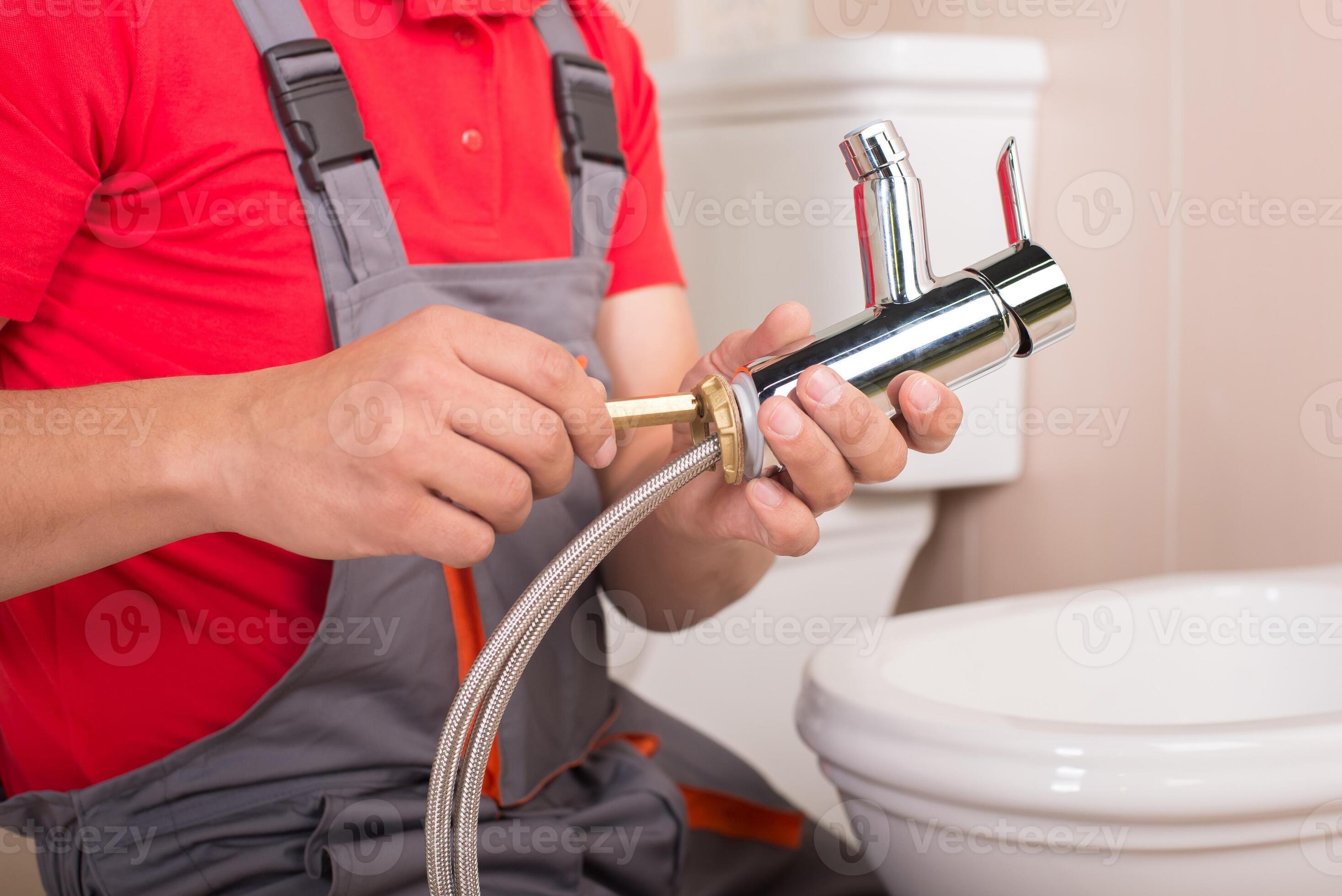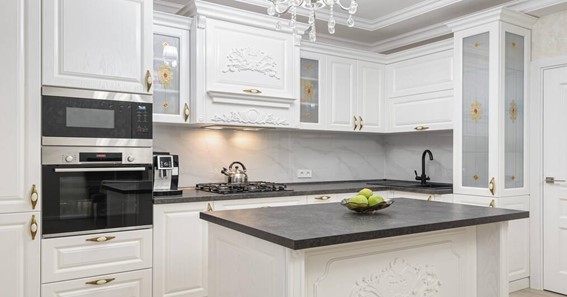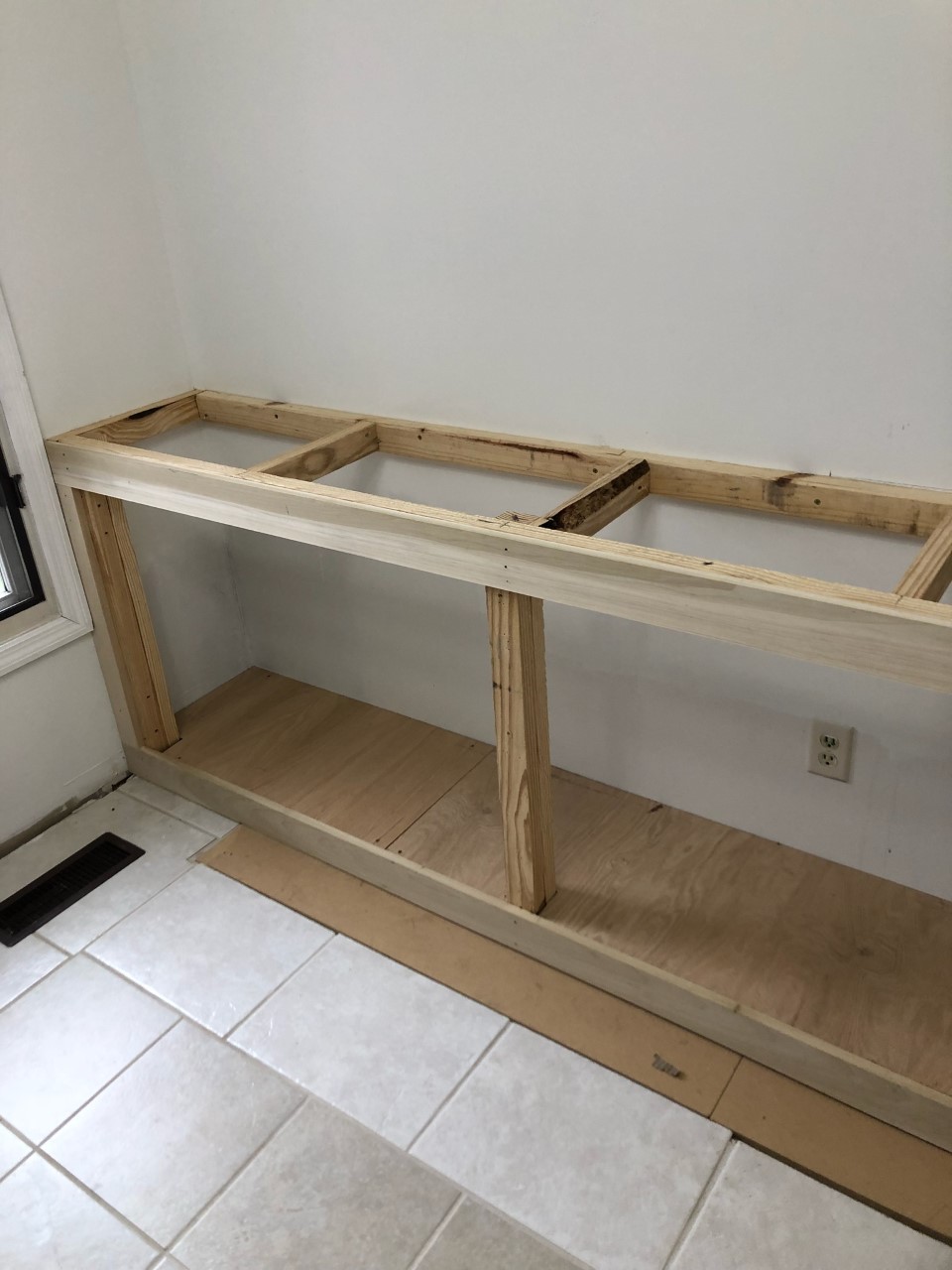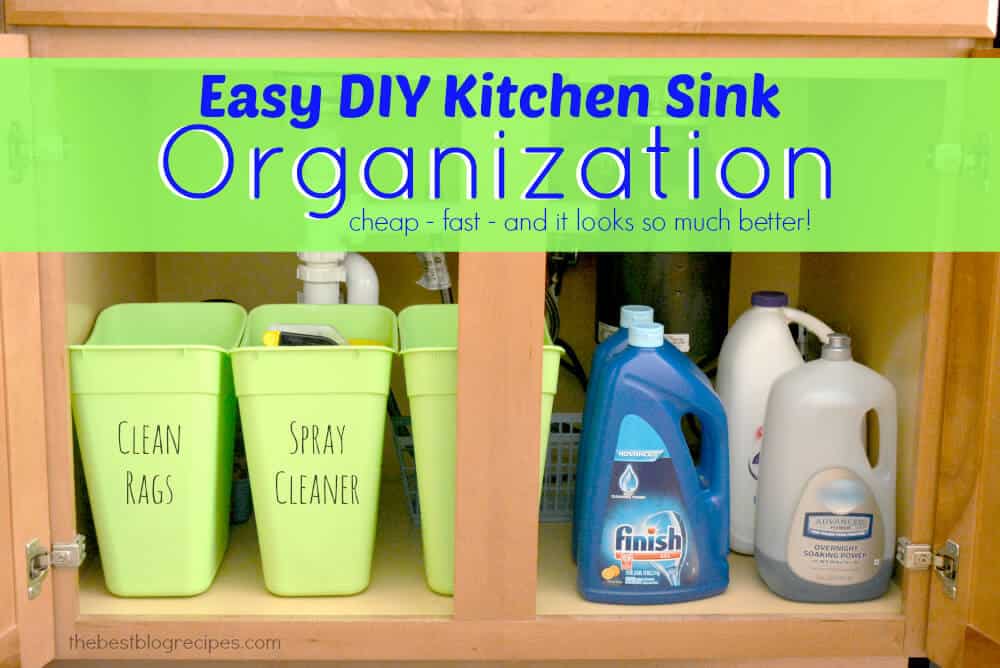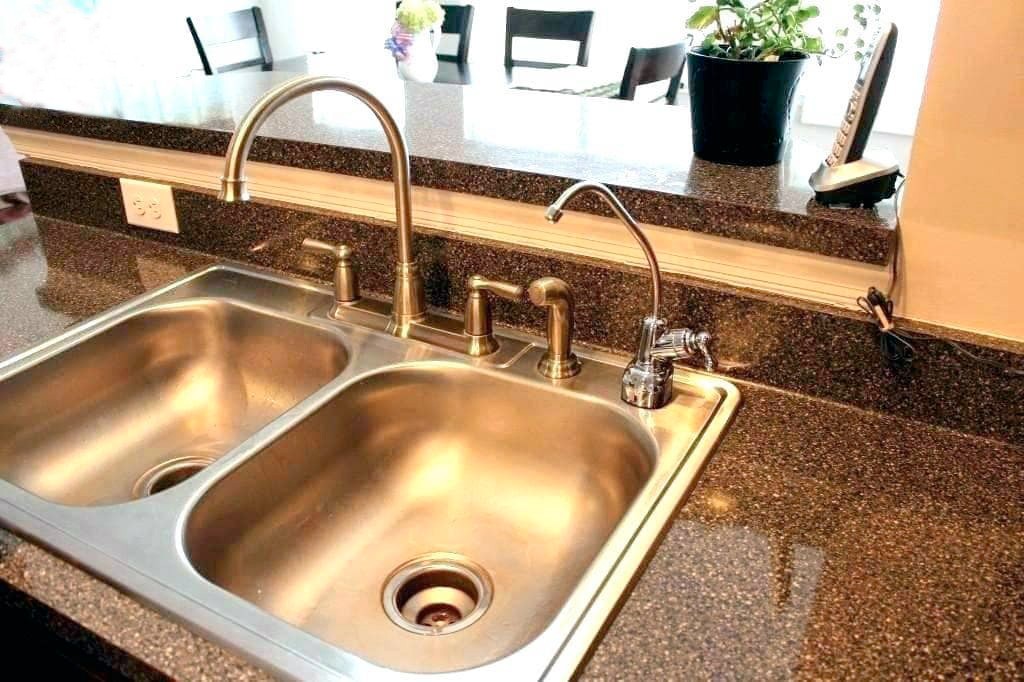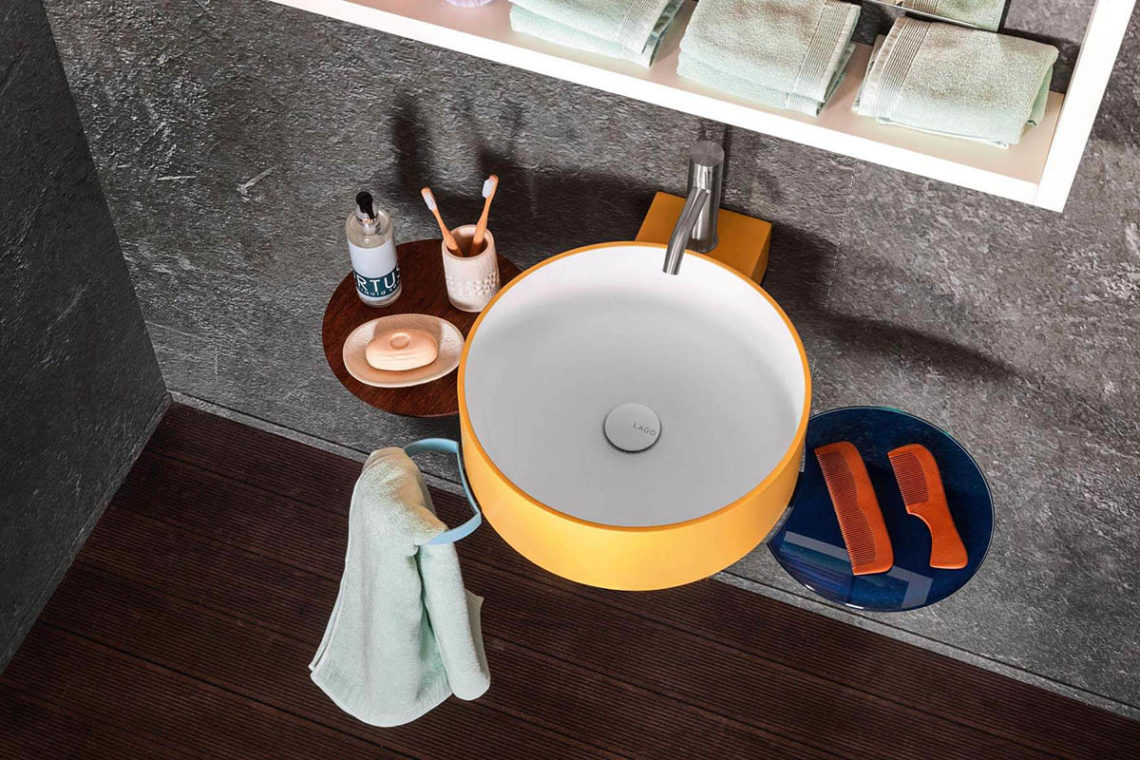Installing a kitchen sink on your own may seem like a daunting task, but with the right tools and some basic knowledge, it can be a satisfying and cost-effective DIY project. Whether you're looking to upgrade your current sink or installing a new one, follow this 10 step guide for a successful and professional-looking installation.DIY Kitchen Sink Installation: 10 Step Guide
Save money and gain a sense of accomplishment by installing your own kitchen sink. With the right preparation and steps, you can have a new sink in place in no time. Just follow these simple steps to get started.How to Install a Kitchen Sink Yourself
Before beginning your DIY kitchen sink installation, it's important to gather all the necessary tools and materials. This includes a new sink, faucet, plumber's putty, silicone caulk, and a wrench. It's also helpful to have a bucket and towels on hand in case of any leaks. Make sure to also read the manufacturer's instructions for your specific sink and faucet as they may have specific installation requirements.Do It Yourself Kitchen Sink Installation: Tips and Tricks
Step 1: Turn off the water supply to the sink by shutting off the valves under the sink or at the main water supply line. Step 2: Disconnect the plumbing from the old sink, including the faucet, garbage disposal, and drain pipes. Step 3: Remove the old sink by loosening any clips or brackets holding it in place. Step 4: Prepare the new sink by applying a thin layer of plumber's putty around the edge of the sink's opening. Step 5: Place the sink into the countertop opening and secure it with clips or brackets. Step 6: Install the new faucet according to the manufacturer's instructions, using silicone caulk to seal any gaps. Step 7: Connect the drain pipes to the sink, making sure to use the appropriate fittings and tightening them securely. Step 8: Reconnect the garbage disposal and any other plumbing that was disconnected. Step 9: Turn the water supply back on and check for any leaks. If there are any leaks, tighten the connections or add more silicone caulk. Step 10: Clean up any excess putty or caulk and enjoy your new kitchen sink!Step-by-Step Guide for Installing a Kitchen Sink on Your Own
While installing a kitchen sink yourself can save you money, it's important to know your limits. If you encounter any significant plumbing issues or are unsure about any steps in the installation process, it's best to call a professional plumber for assistance. It's also important to choose a sink and faucet that are the right size and style for your kitchen. Measure your countertop and cabinet space beforehand to ensure a proper fit.DIY Kitchen Sink Installation: What You Need to Know
If you're a beginner at DIY projects, don't worry! Installing a kitchen sink may seem intimidating, but it's actually a fairly simple process. Just make sure to have all the necessary tools and follow the steps carefully. It's also helpful to have a friend or family member assist you during the installation process, especially when lifting and securing the sink in place.Easy DIY Kitchen Sink Installation for Beginners
One of the most common mistakes in DIY kitchen sink installation is not properly sealing the sink and faucet. Make sure to use plumber's putty and silicone caulk to prevent any leaks. It's also important to properly connect and tighten all plumbing connections. Improperly connected pipes can lead to leaks and potential water damage. Lastly, make sure to turn off the water supply before beginning any work and double check for any leaks after completing the installation.Do It Yourself Kitchen Sink Installation: Common Mistakes to Avoid
To successfully install a kitchen sink on your own, you will need the following tools and materials:DIY Kitchen Sink Installation: Tools and Materials You'll Need
If you're new to DIY projects, installing a kitchen sink may seem daunting. However, by following the steps outlined in this guide and using the right tools and materials, you can successfully install a kitchen sink yourself and save money in the process. Just remember to take your time and double check all connections to ensure a professional and leak-free installation.How to Install a Kitchen Sink: A Beginner's Guide
Pros:DIY Kitchen Sink Installation: Pros and Cons
Why You Should Consider DIY Kitchen Sink Installation

Save Money and Customize Your Kitchen
 When it comes to designing and renovating your home, the kitchen is often the first place that comes to mind. It's the heart of the home, where families gather and meals are prepared. And one of the most important elements in any kitchen is the sink. It's where you wash your dishes, clean your produce, and even fill up a pot of water for cooking. So it's no surprise that many homeowners want to make sure their kitchen sink is not only functional but also aesthetically pleasing.
While hiring a professional to install your kitchen sink may seem like the easier and more convenient option, it can also be quite costly. Not to mention, you may not have as much control over the design and materials used. By opting for a DIY kitchen sink installation, you can save a significant amount of money and have the freedom to customize your sink to your liking. You can choose the type of sink, faucet, and even the material for the countertop, giving your kitchen a unique and personal touch.
DIY kitchen sink installation
is also a great opportunity to learn new skills and gain a sense of accomplishment. You can impress your friends and family with your handiwork and take pride in knowing that you were able to create a functional and beautiful kitchen on your own.
When it comes to designing and renovating your home, the kitchen is often the first place that comes to mind. It's the heart of the home, where families gather and meals are prepared. And one of the most important elements in any kitchen is the sink. It's where you wash your dishes, clean your produce, and even fill up a pot of water for cooking. So it's no surprise that many homeowners want to make sure their kitchen sink is not only functional but also aesthetically pleasing.
While hiring a professional to install your kitchen sink may seem like the easier and more convenient option, it can also be quite costly. Not to mention, you may not have as much control over the design and materials used. By opting for a DIY kitchen sink installation, you can save a significant amount of money and have the freedom to customize your sink to your liking. You can choose the type of sink, faucet, and even the material for the countertop, giving your kitchen a unique and personal touch.
DIY kitchen sink installation
is also a great opportunity to learn new skills and gain a sense of accomplishment. You can impress your friends and family with your handiwork and take pride in knowing that you were able to create a functional and beautiful kitchen on your own.
Follow Simple Steps for a Successful Installation
 Contrary to popular belief, installing a kitchen sink is not as complicated as it may seem. With the right tools and proper guidance, you can easily complete the installation process in a few hours. The first step is to
measure and plan
your sink placement. Make sure to measure the space accurately and consider any plumbing or electrical lines that may be in the way.
Next, you'll need to
gather the necessary tools and materials
such as a wrench, plumber's putty, and silicone caulk. It's important to have everything you need before starting the installation to avoid any delays or trips to the hardware store.
Once you have everything ready, it's time to
remove the old sink and clean the area
where the new sink will be installed. Then,
attach the faucet and drain
to the sink before placing it in the designated space. Finally, use the plumber's putty and silicone caulk to
secure and seal the sink in place
.
Contrary to popular belief, installing a kitchen sink is not as complicated as it may seem. With the right tools and proper guidance, you can easily complete the installation process in a few hours. The first step is to
measure and plan
your sink placement. Make sure to measure the space accurately and consider any plumbing or electrical lines that may be in the way.
Next, you'll need to
gather the necessary tools and materials
such as a wrench, plumber's putty, and silicone caulk. It's important to have everything you need before starting the installation to avoid any delays or trips to the hardware store.
Once you have everything ready, it's time to
remove the old sink and clean the area
where the new sink will be installed. Then,
attach the faucet and drain
to the sink before placing it in the designated space. Finally, use the plumber's putty and silicone caulk to
secure and seal the sink in place
.
Conclusion
 In conclusion, a DIY kitchen sink installation can save you money, give you more control over the design, and provide a sense of accomplishment. With a little bit of planning, the right tools, and some guidance, you can successfully install your own kitchen sink and create a beautiful and functional space for your home. So why not give it a try and see the satisfying results for yourself?
In conclusion, a DIY kitchen sink installation can save you money, give you more control over the design, and provide a sense of accomplishment. With a little bit of planning, the right tools, and some guidance, you can successfully install your own kitchen sink and create a beautiful and functional space for your home. So why not give it a try and see the satisfying results for yourself?



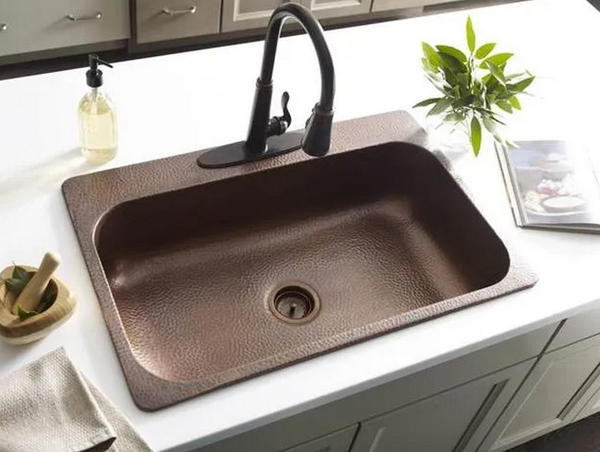




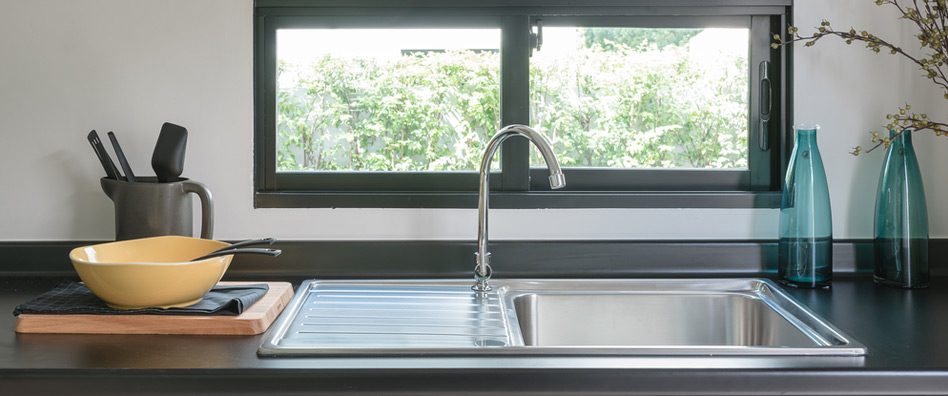


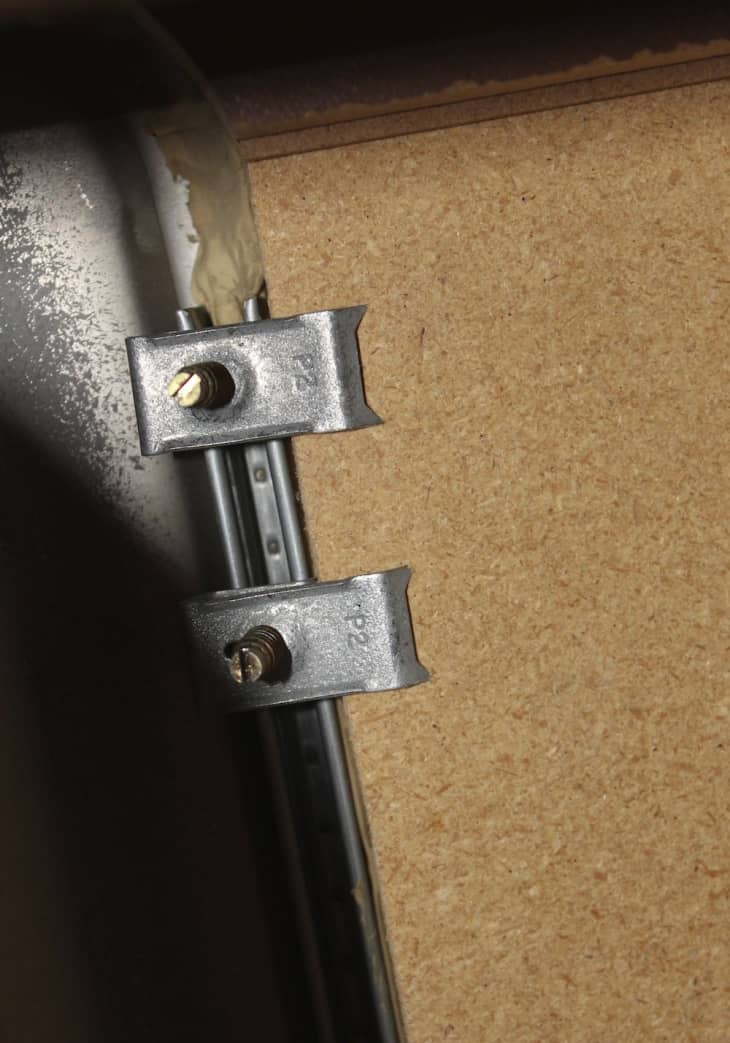

:no_upscale()/cdn.vox-cdn.com/uploads/chorus_asset/file/19495086/drain_0.jpg)







:no_upscale()/cdn.vox-cdn.com/uploads/chorus_asset/file/19495086/drain_0.jpg)
/how-to-install-a-sink-drain-2718789-hero-24e898006ed94c9593a2a268b57989a3.jpg)





